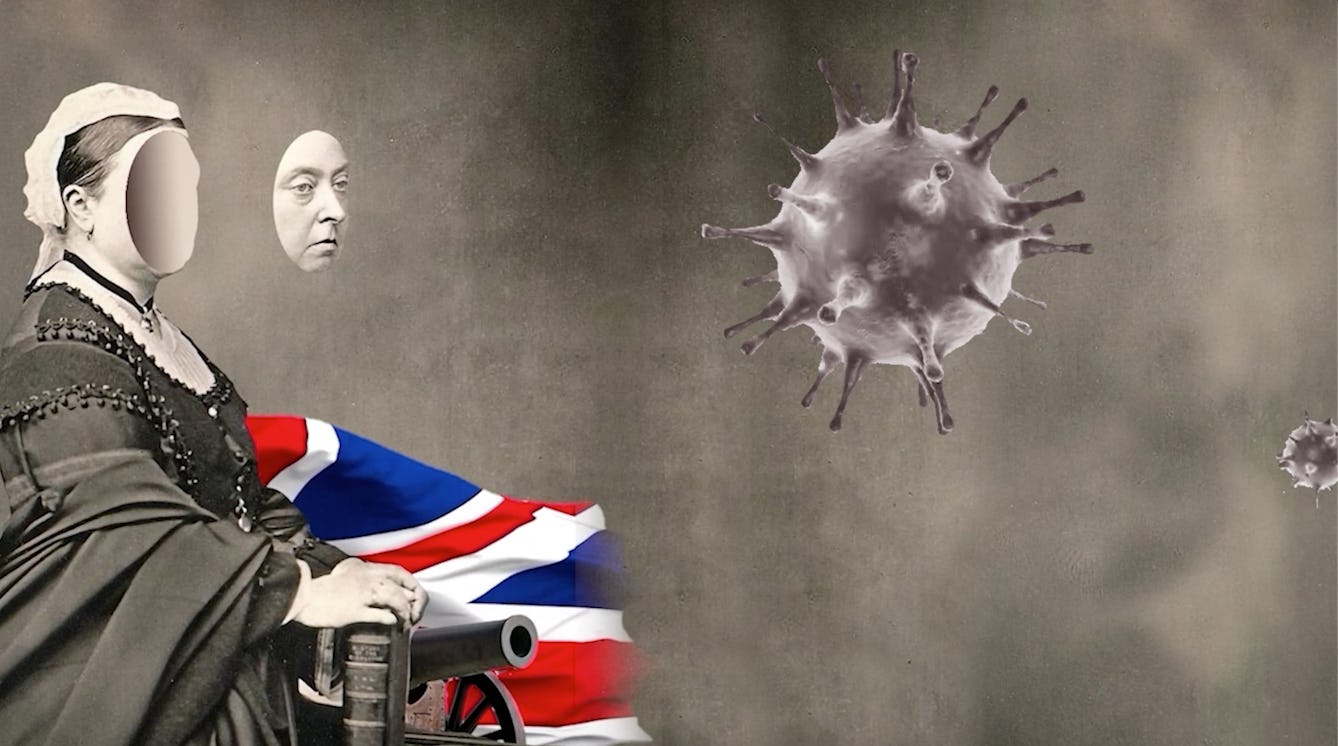Stories

- Article
Epidemic threats and racist legacies
Epidemiology is the systematic, data-driven study of health and disease in populations. But as historian Jacob Steere-Williams suggests, this most scientific of fields emerged in the 19th century imbued with a doctrine of Western imperialism – a legacy that continues to influence how we talk about disease.

- Article
Coasting to catastrophe
In climate change, everything – and everyone – is connected. The watery process that will gradually cut off the Isle of Thanet from the British mainland has begun, and everyone in the UK needs to pay attention.

- Article
Bloody capitalism and the cash flow of the menstrual cycle
Once they thrived on taboos and shame. Now period-product manufacturers are finding new ways to flourish in this era of period activism – but products aren’t the end of the story.

- Article
Conflicted and confused about lithium
Covid-19 left Laura Grace Simpkins out of work and living back with her parents. She now had time to restart her research into her medication, but was she mad to continue?
Catalogue
- Archives and manuscripts
South Australia Survey
Date: 1965-1967Reference: PP/GRF/B.89-133Part of: Fraser, George Robert (1932-)- Archives and manuscripts
South Australian Oral School
Date: 1966-1967Reference: PP/GRF/B.115-119Part of: Fraser, George Robert (1932-)- Journals
Good health for South Australia.
Date: 1949-- Books
Ideas and endeavours : the natural sciences in South Australia / editors: C.R. Twidale, M.J. Tyler and M. Davies.
Date: 1986
- Pictures
- Online
Adelaide, South Australia: Adelaide Hospital. Photograph, 18--.
Date: 1800-1899Reference: 665355i









